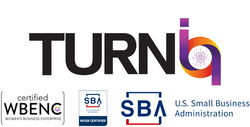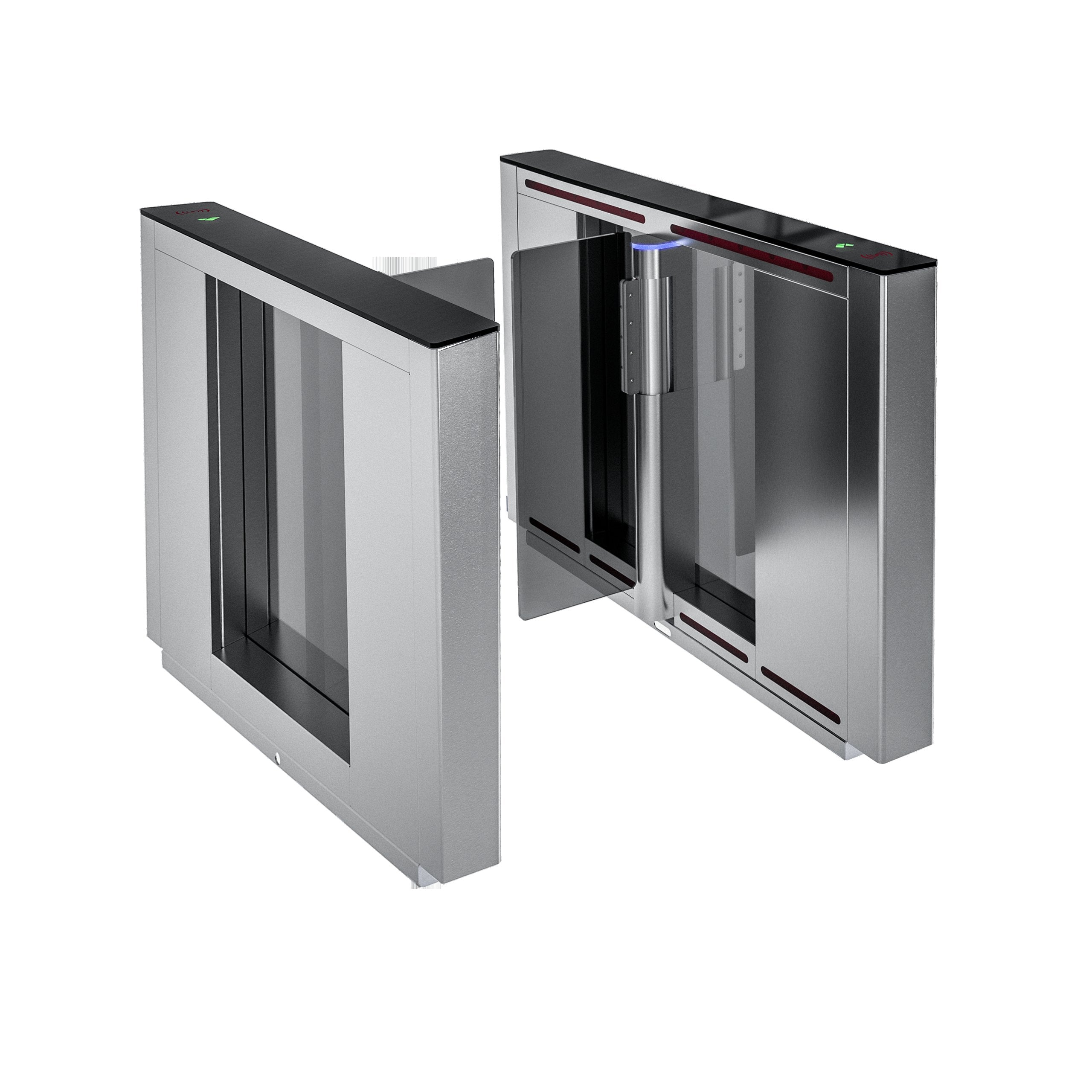Rising Bollards Explained: Costs and Benefits
Rising bollards are becoming a go-to solution for facilities and city centers that require strong vehicle control without blocking pedestrian flow. Unlike fixed barriers, they can retract into the ground, allowing authorized vehicles to pass while keeping others out.
This guide explains how rising bollards work, their typical costs, and the benefits they bring to security and traffic management.
What Are Rising Bollards?

Definition
Rising bollards are electromechanical or hydraulic posts that rise from the ground to block vehicles and retract to allow access.
Where They’re Used
-
Government buildings and embassies
-
Pedestrianized urban zones
-
Airports and transport hubs
-
Military and correctional facilities
-
High-security corporate sites
Cost of Rising Bollards in 2025
Standard Models
-
$4,000 – $6,000 per unit
-
Suitable for moderate security applications
Heavy-Duty Models
-
$7,000 – $10,000+ per unit
-
Crash-rated to withstand forced vehicle entry
Installation Costs
-
$3,000 – $6,000 per lane
-
Requires excavation, foundation works, and electrical connections
Benefits of Rising Bollards
Strong Security
Crash-rated models can stop vehicles weighing several tons, making them ideal for high-security perimeters.
Flexible Access
Authorized vehicles can pass freely, while pedestrians and cyclists remain safe.
Space Efficiency
Retract into the ground when not in use, leaving pathways clear.
Modern Design
Visually unobtrusive and often better suited for urban environments than large gates or arm barriers.
Considerations Before Installing
Civil Works
Significant groundwork is required, so rising bollards are best for permanent installations.
Maintenance
Hydraulic and electromechanical systems require regular servicing to ensure reliability.
Cost vs. Alternatives
More expensive than arm barriers or fixed bollards, but provide superior security and aesthetics.
FAQ: Rising Bollards
Are rising bollards weather-resistant?
Yes, modern models are designed to handle rain, snow, and extreme temperatures.
How long does installation take?
Typically 1–2 weeks, depending on civil works.
Can they be integrated with access control systems?
Yes, rising bollards can connect to RFID, license plate recognition, or biometric systems.
Why Choose TurnIQ?
TurnIQ provides a full range of bollard solutions, including fixed, removable, and rising bollards. With expert installation and ongoing support, we help clients secure facilities with durable and high-performance vehicle access control systems.
Looking for rising bollards? Contact TurnIQ to explore the right model for your site.
Conclusion
Rising bollards are one of the most effective solutions for facilities that need strong vehicle control without compromising pedestrian access. Though they come at a higher cost, their combination of security, flexibility, and design makes them an excellent long-term investment.





